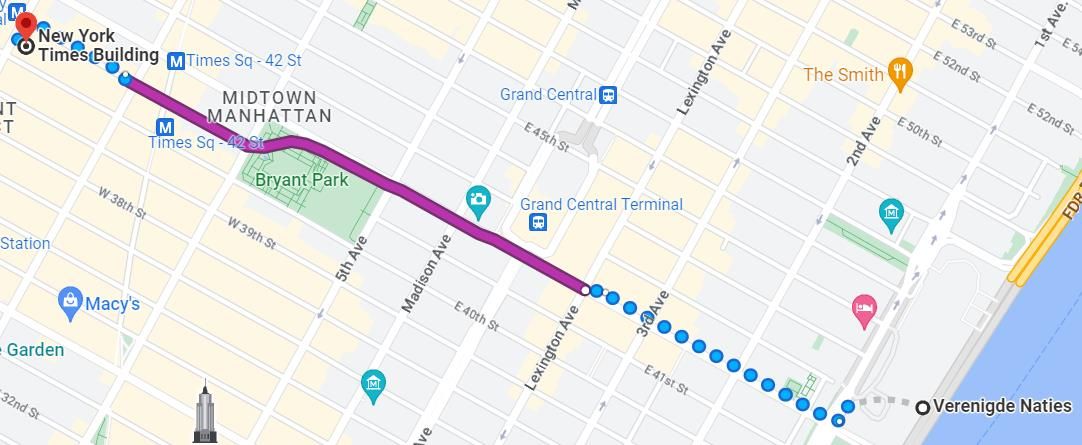- nl
Agenda
Opening speech
The Blue Deal water governance strategy to tackle droughts – think big and act local, by Minister Zuhal Demir
Recognising the worth and value of water reuse implementation
- The secret of the successful reuse schemes, by Inge Genné, Water Reuse Europe
- The drought challenge: Ensuring economic sustainability for water reuse, by David Smith, WE&B
- Pricing mechanisms and business models to enhance the correct valuing of our natural resources, by Steven Broekx, VITO
Statements and dynamic discussion : From system thinking to systemic actions
- Setting the scene and moderation: by Yves De Weerdt, VITO Nexus
- Importance of system thinking and co-creation in building sustainable Water-Energy-Food pathways, Edo Abraham, Delft University of Technology
- Youth and digital innovation as game changers, by Karen de Sousa Pesse, Salesforce
- Flanders living lab: from reactive to pro-active drought measures, by Barbara Vael, Flemish Environment Agency
Closing speech
Transition pathways to a Resilient Waterland, by Lydia Peeters, Minister of mobility and public works
Networking session
The follow-up networking session, accompanied by a selection of Belgian beers, is hosted by the Flemish “Fluid Crew” collaboration.
- Fluid Crew introduction: Water solutions with a Flemish twist, by Dirk Halet, VLAKWA
- Economic leverage of International collaboration, by Ralph Moreau, Flanders Investment & Trade
- Company testimonials on fluid collaboration, by Jacob Bossaer/Bosaq; Tim Op ’t Eyndt/Iflux; Tom D’Haeyer/Antea
Global water use has increased six-fold over the past 100 years. Meanwhile, climate change is increasingly affecting its availability and quality. Tackling these twin challenges requires bold adaptation measures and sustainable solutions
Water reuse is playing an increasingly important role in the pursuit of sustainable water resources management. Solutions can combine natural, engineered and technological options, implemented through hard (infrastructure) and enhanced by soft (policy tools, citizens’ awareness) means. However, closing the water loop can lead to a local accumulation of pollutants in the stream, as well as to an enrichment and larger exposure to chemicals.
The rising concern around emerging pollutants, such as pharmaceuticals, pesticides, and PFAS, can limit the transition to circular economy. Although often present in low concentrations, the general public often struggles with the presence of potential hazards in water, and this is clearly still reflected in policy making.
To ensure adequate access to water moving forward, we need to adopt a systemic view and implement a multi-actor approach which both addresses water needs and delivers sustainable solutions. Gaining sufficient insights requires systems thinking that takes account of the interdependencies, and questions certain beliefs, thinking and behavioural patterns that steer the water system today, as a basis for developing solution pathways for a transition towards a robust water system.
Discover other interesting sessions
Breakfast session
“Nature Based Solutions and Resilience Against Flooding”
08:30-09:90 EST, Flanders House
Lunch session
“Water as support of livelihood on Earth, a social-ecological resilience approach”
13:15-14:45 EST, Permanent Mission of Belgium
Evening session in UNHQ Trusteeship Council Chamber
“Team Europe Initiative Launch: Joining forces for Transboundary Water management in Africa”
18:15-19:45, UNHQ
How to get from the UN to Flanders House
620 Eighth Avenue, 38th floor | New York, NY 10018 | USA
Walking (27 minutes)
When leaving the UN building, turn left until 42nd Street. Then take a right turn, into Manhattan, away from the UN and the water. Walk all the way until you are on 8th avenue. Then turn left and walk until you are halfway 40th Street and 41st Street. The entrance, on 8th Avenue, to the New York Times Building is on your left. Upon entering, go to the desk on your right to sign in.
Uber or yellow cab
You can order an Uber or hail a yellow cab to get to Flanders House. Depending on the hour availability could be limited, therefore you could be waiting quite some time on an Uber or cab. The ride takes about 15 minutes, when busy it could take up to 20 minutes. Take the entrance, on 8th Avenue, halfway between 40th Street and 41st Street. You then go to the desk on your right to sign in.
Public transportation
Bus (20 minutes)
When leaving the UN building, turn left until 41st Street. Then turn left on 41st Street and there will be a bus stop on your left. Take bus M42 (West Side Pier 12 Ave Crosstown) at bus stop East 41 Street & 1 Avenue. Get off at W 42 St/7 Av and turn left after getting of the bus until you are on 8th Avenue. Turn left and keep walking until you are halfway between 40th Street and 41st Street. On your left there will be an entrance to the lobby of the New York Times Building on 8th Avenue. Upon entering, go to the desk on your right to sign in.
MTA Subway
When leaving the UN building, you turn left until 42nd Street. Then turn right onto 42nd Street, into Manhattan, away from the UN and the water. Walk until the crossing of Lexington Ave and 42nd Street and go into the Subway at Grand Central - 42 St. Take Subway 7 towards 34 St-Hudson Yards. Get off at Times Sq – 42 St. Take exit 7th Ave & 41st St at NW corner. Turn right and walk until 8th Avenue. Then turn left and walk until you are halfway 40th Street and 41st Street. The entrance, on 8th Avenue, to the New York Times Building is on your left. Upon entering, go to the desk on your right to sign in.




